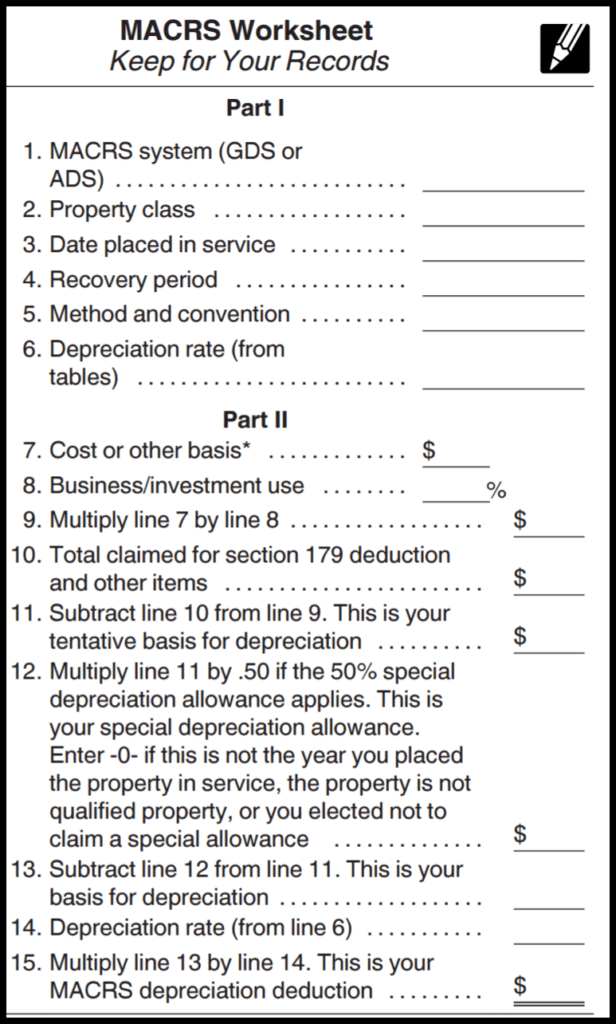
Accelerated depreciation methods are pivotal for businesses that invest in assets with a short-term life expectancy or those that experience rapid technological obsolescence. Unlike the straight-line method, which spreads the cost evenly over the asset’s useful life, accelerated methods allocate higher depreciation charges in the initial years after the purchase. This front-loading of expenses can be particularly advantageous for companies looking to maximize their tax benefits early on, as it reduces taxable income more significantly in the earlier years. The choice between straight-line and accelerated depreciation methods depends on a company’s financial strategy, tax planning, and the nature of the asset itself. While accelerated methods can provide short-term financial relief, they also lead to lower depreciation expenses and higher taxable income in the later years of an asset’s life. Therefore, it’s crucial for businesses to consider their long-term financial goals when selecting a depreciation method.
Related AccountingTools Courses
Companies may also ignore accelerated depreciation if they have a relatively small amount of fixed assets, since the tax effect of using accelerated depreciation is minimal. Finally, publicly-held companies tend not to use accelerated depreciation, on the grounds that it reduces straight line depreciation vs accelerated the amount of their reported income. When investors see a lower reported income figure, they tend to bid the price of a company’s stock downward. This is not the case for privately-held companies, which are under no pressure to report favorable net income figures to anyone.
- There are multiple types of accelerated depreciation methods, each one providing a different advantage for different business types.
- A variation on this method is the 150% declining balance method, which substitutes 1.5 for the 2.0 figure used in the calculation.
- Companies may also ignore it if they are not consistently earning taxable income, which takes away the primary reason for using it.
- In the first depreciation year, 5/15 of the depreciable base would be depreciated.
Why is the straight-line depreciation method important?
We may earn a commission when you click on a link or make a purchase through the links on our site. All of our content is based on objective analysis, and the opinions are our own. The most important difference between this formula and other common depreciation formulas is the denominator.
Double Declining Balance Depreciation Method
It can be hard for small business owners to know which depreciation method is best and how to record it in their accounting system. It’s a good idea to hire a certified public accountant (CPA) or use accounting software like Xero to make the calculations easier. There are few prescribed rules for calculating the useful life and salvage value of an asset, so you need to document how you arrived at your estimates. Also, some assets lose a lot of their value in the first few years of use, so you may prefer a depreciation method that allows you to take a large write-off early on. As explained above, the cost of an asset minus its accumulated depreciation is its book value. The simplicity of straight-line basis is one of its biggest drawbacks.
Example of Straight Line Basis
As an asset ages, it is not used as heavily, since it is slowly phased out for newer assets. Every business needs assets to generate revenue, and most assets require business owners to post depreciation. Use this discussion to understand how to calculate depreciation and the impact it has on your financial statements. In sum, businesses can benefit from the time value of their money by investing the savings from claiming larger deductions upfront back into their operations or other ventures. As a result of this strategic accounting method, these ventures have the potential to yield higher returns.
To calculate depreciation using a straight-line basis, simply divide the net price (purchase price less the salvage price) by the number of useful years of life the asset has. Moreover, the straight line basis does not factor in the accelerated loss of an asset’s value in the short-term, nor the likelihood that it will cost more to maintain as it gets older. In accounting, there are many different conventions that are designed to match sales and expenses to the period in which they are incurred. One convention that companies embrace is referred to as depreciation and amortization. Accountants commonly use the straight-line basis method to determine this amount.
Consequently, privately-held companies are more likely to use accelerated depreciation than publicly-held ones. Accelerated depreciation is the depreciation of fixed assets at a faster rate early in their useful lives. This type of depreciation reduces the amount of taxable income early in the life of an asset, so that tax liabilities are deferred into later periods. Later on, when most of the depreciation will have already been recognized, the effect reverses, so there will be less depreciation available to shelter taxable income. Optimizing asset management through the appropriate depreciation method requires a balanced consideration of both financial reporting and tax implications.

Using the straight-line depreciation method, the business finds the asset’s depreciable base is $40,000. Finishing the formula, the business finds the asset’s annual depreciation amount is $4,000. The entire value of the asset ($40,000 depreciable base) will be reclassified into the expense account over time.
Straight line depreciation offers a uniform expense pattern that can simplify accounting and provide predictability for financial planning. However, it’s important for businesses to consider the nature of their assets and strategic financial goals when selecting a depreciation method. The straight line approach, while not perfect, serves as a testament to the principle that sometimes, simplicity is the ultimate sophistication in financial accounting. The straight-line method spreads the cost of the asset evenly over its useful life.
On the other hand, assets that lose value fast, especially those in the tech field, may benefit from accelerated methods. The Sum of the Years’ Digits method bases depreciation on how long the asset will last. Both methods are used because some assets lose value faster when they are new. However, the straight line method may not always show the actual asset value accurately. It spreads the cost evenly, although some assets lose value fast early on.














